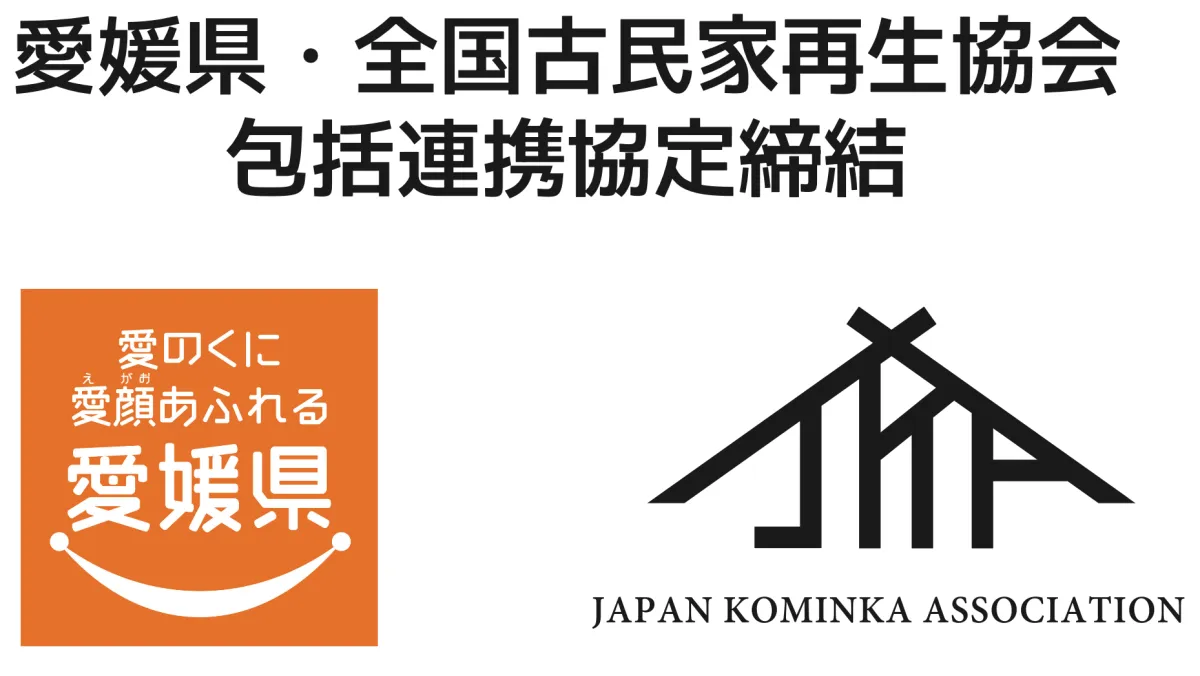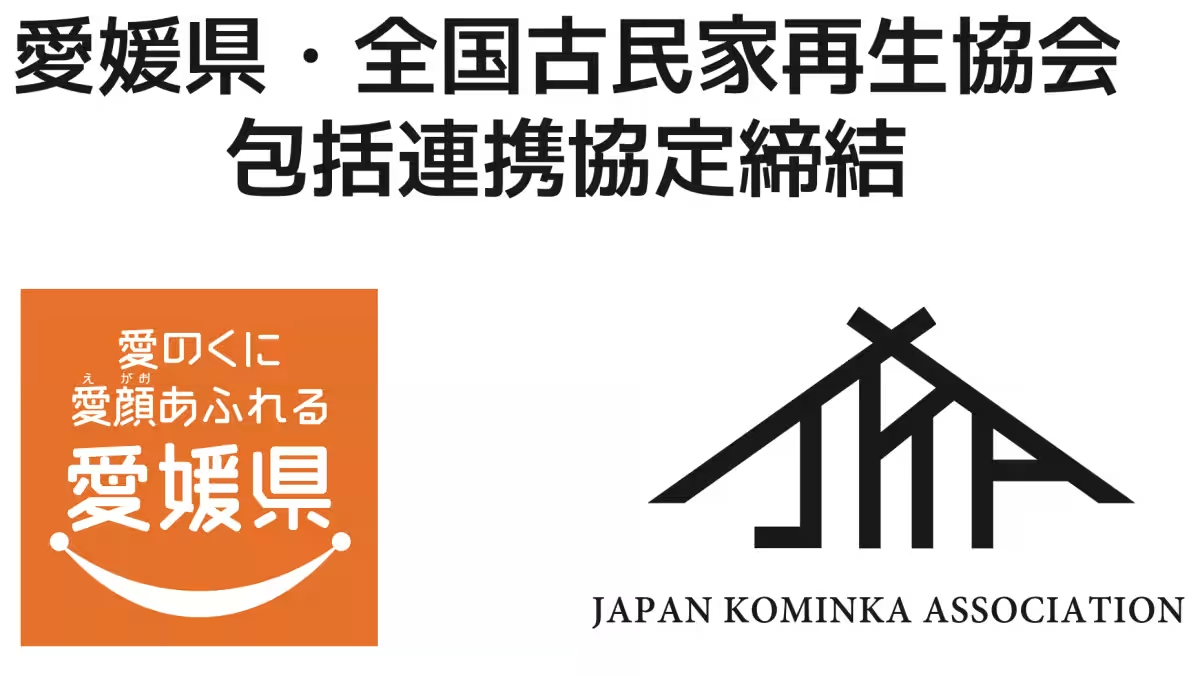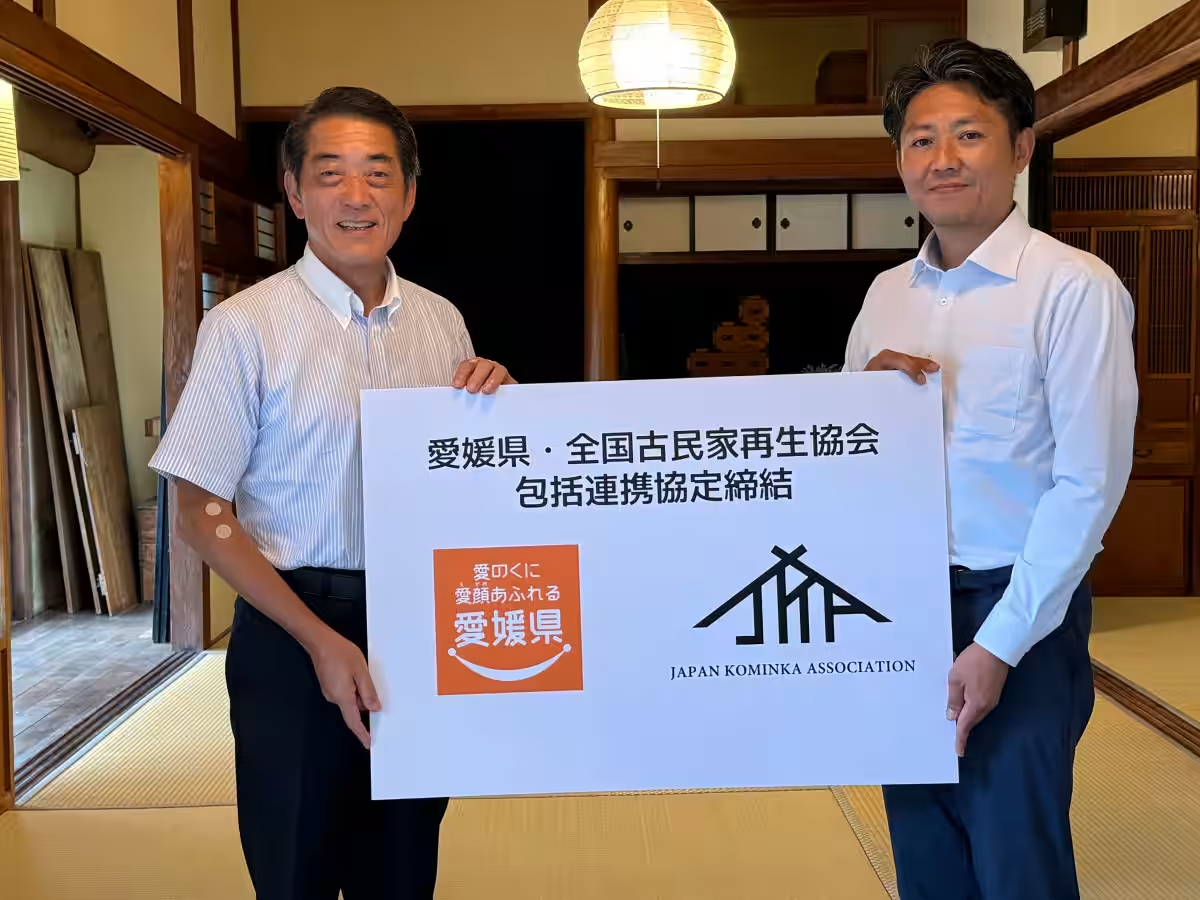

Japan's Historic Home Revitalization Efforts Take a Giant Leap in Ehime Prefecture
Revitalizing Japan's Historic Homes
In a significant development for Japan's cultural heritage, the Japan Kominka Association has established a comprehensive partnership with Ehime Prefecture. This agreement aims to leverage traditional homes—known as "kominka"—and vacant properties as resources for enhanced tourism and sustainable community engagement. The formal signing of the agreement took place on July 18, 2025, and has been heralded as a pioneering initiative for both parties involved.
The Role of the Japan Kominka Association
Founded in 2009, the Japan Kominka Association has dedicated itself to preserving and reinvigorating these traditional architectural treasures. Under the leadership of Chairman Tomohiro Murata, the organization has expanded its efforts to promote the sustainable use of these older buildings, including facilitating their restoration and integration into the modern community.
With a focus on creating a sustainable circular society, the Association aims to tackle various local community issues, such as the utilization of vacant houses and the training of skilled personnel. By increasing awareness and promoting the value of kominka, the organization hopes to inspire more residents and visitors alike to appreciate this unique aspect of Japanese culture.
Ehime Prefecture's Vision
Ehime Prefecture Governor Yoshihiro Nakamura expressed optimism about the partnership with the Japan Kominka Association. In anticipation of a surge in international visitors, he highlighted that the number of foreign tourists staying in Ehime is projected to reach approximately 450,000 in 2024—doubling pre-pandemic figures from 2019. This rapid growth reflects successful collaborations with platforms like Airbnb and promotional activities targeting international markets, particularly in Europe, America, and Australia.
However, Nakamura acknowledged that challenges remain, particularly the ongoing problem of population decline, which affects the construction and occupancy rates of homes. As of 2023, the vacancy rate in Ehime stands at a concerning 19.8%. This partnership is viewed as a critical step towards addressing such issues while also enhancing the livelihood of local communities through revitalization of the tourism sector and sustainable use of their heritage.
The Significance of the Partnership
The agreement encompasses several key areas:
1. Promoting inbound tourism through the utilization of traditional homes.
2. Providing consultancy and guidance for the preservation and revitalization of kominka.
3. Encouraging relocation and assimilation into communities based on these heritage sites.
Through this collaboration, it is expected that successful models of transformation will emerge, promoting widespread regional development throughout Ehime.
Wider Implications for Local Development
The initiative epitomizes a broader movement within Japan, where a renewed focus on historic homes is gaining momentum. By actively involving local stakeholders, the Japan Kominka Association strives to integrate cultural heritage into contemporary life, ensuring that these historical buildings are not only preserved but are also functional and relevant in today’s society. The association also aims to promote the development of kominka accommodations, potentially luring more visitors and encouraging them to experience the authenticity of traditional Japanese living.
Future Directions
Looking ahead, the Japan Kominka Association and Ehime Prefecture plan to collaborate on various projects, including creating a network of support for property owners transforming their kominka into guesthouses. With support from Airbnb’s generous donation of 150 million yen in 2023, these ventures aim to revitalize vacant heritage properties and create new opportunities for cultural tourism.
The commitment by both the Japan Kominka Association and Ehime Prefecture sets a hopeful precedent that combines preservation with innovation in the realm of community development. Their collective efforts could present a sustainable blueprint for other regions grappling with similar issues regarding historic site preservation, tourism, and population dynamics.
Conclusion
The partnership between the Japan Kominka Association and Ehime Prefecture reflects a growing awareness of the value of traditional homes in Japan. By mobilizing resources and expertise, this collaboration sets the stage for a sustainable future where culture, tourism, and community interconnect to foster enhanced living environments and enriched experiences for both residents and visitors.




Topics People & Culture)










【About Using Articles】
You can freely use the title and article content by linking to the page where the article is posted.
※ Images cannot be used.
【About Links】
Links are free to use.